Slow rebound refers to the ability of a material to deform slowly. After being deformed by an external force, it will slowly return to its original shape. In another word, the material has the characteristics of both viscosity and elasticity, absorbs the impact kinetic energy, and can be used repeatedly without permanent deformation.
Because the material with obvious slow resilience performance is represented by (Memory Foam), the slow resilience is often referred to as memory foam.Memory sponge refers to a polyether polyurethane foam sponge with slow rebound mechanical properties. It is a special sponge. In 1966, NASA's Ames Research Center scientists Chiharu Kubokawa and Stanstal Aerospace Engineering Corporation ( Stencel Aero Engineering Corporation) Charles A. Yost co-invented a memory foam that can cushion more than 10 times the pressure, called memory foam. The common name is MEMORY FOAM, and memory foam is its literal translation. It is also called slow rebound sponge, space zero pressure, aerospace cotton, TEMPUR material, low rebound material, viscoelastic sponge, etc.
Brief history:
The Ames Research Center authorized a European company in the 1990s to develop and introduce civilian use twice, first in medicine, and later in household products.
Features:
When you press on the flat surface of the memory foam with your hand, a fingerprint will appear and then slowly disappear. This is the iconic effect of memory foam-"slow rebound". It is difficult for other materials to imitate the slow rebound speed.
The memory foam has a soft hand feel. When you hold the memory foam with your hand, you will feel the palm of your hand is constantly emptied, like an hourglass, there is no tension coming out, and the pinch time is long and not too tired, when lying on the memory foam cushion When people feel the gradual sedimentation process, it is like falling into a quagmire, and hearing the subtle sound of the continuous flow of gas in the memory sponge.

Comprehensive performance:
Application:
Due to the difficulty of production and the high cost, the main application of memory foam is to protect the human body. For example, in the extremely high-speed aerospace and aviation fields, it exerts its super ability to absorb kinetic energy and shock, in a static environment, such as sleep, sitting, etc. Its deformation is required to balance the surface contact pressure that bears the weight and maintain the blood circulation of soft tissues.




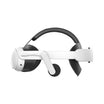
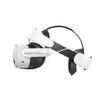

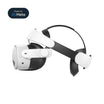






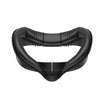
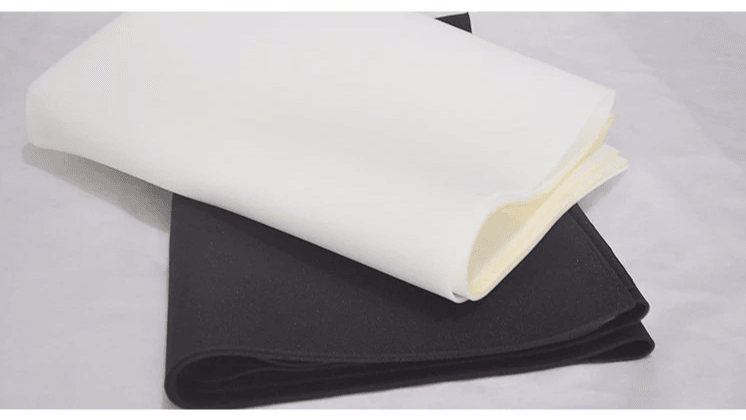
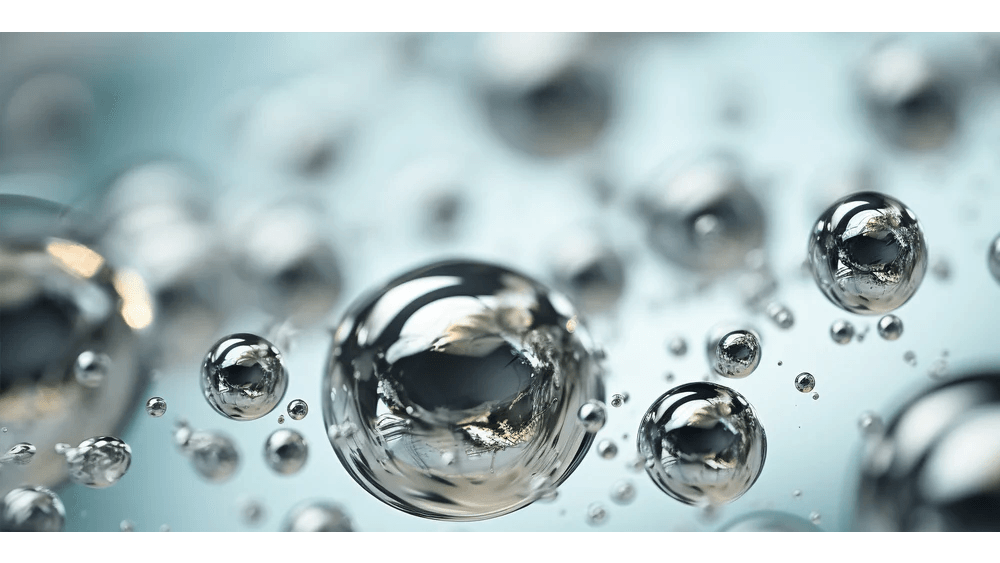
Leave a comment
All comments are moderated before being published.
This site is protected by hCaptcha and the hCaptcha Privacy Policy and Terms of Service apply.